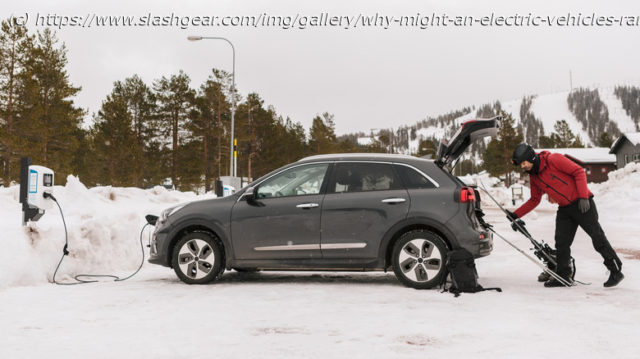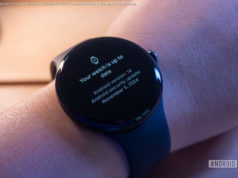Electric vehicle range is seriously impeded at temperatures below 40 Fahrenheit. This is partially due to cabin heating and slower chemical reactions.
Electric cars offer a long list of benefits compared to gas guzzlers, with long-term cost savings being one of them. Winters and electric vehicles, however, don’t always go hand in hand. One of the biggest challenges is the dip in range and charging woes compared to a gas-powered ride. The situation is serious enough that carmakers offer detailed tips on how to get the best out of electric vehicles in cold weather. Tests show the Tesla Model Y’s range dropping from 327 (EPA estimate) to just 186 miles in cold weather.
According to testing done by Consumer Reports, the electric range starts to fall when the temperature levels drop to 40 degrees Fahrenheit, and cars can lose up to 25% of their natural range. And if it’s a short trip with multiple stops, the loss in range can be as severe as 50% of the advertised numbers. Another challenge is the charging. If the temperatures fall below the freezing point, a standard home outlet won’t be able to provide enough energy to charge the battery pack.
That leads to numerous problems, such as long lines at charging stations and a slower charging pace. The best way forward is pre-conditioning. Owners are advised to set a schedule so that the EV can keep its cabin and battery ready. Moreover, they are also told to keep the car plugged in at home so that the battery can stay warm. The idea is to use external power for all the accessory functions, while leaving the battery to focus fully on the core driving part.






